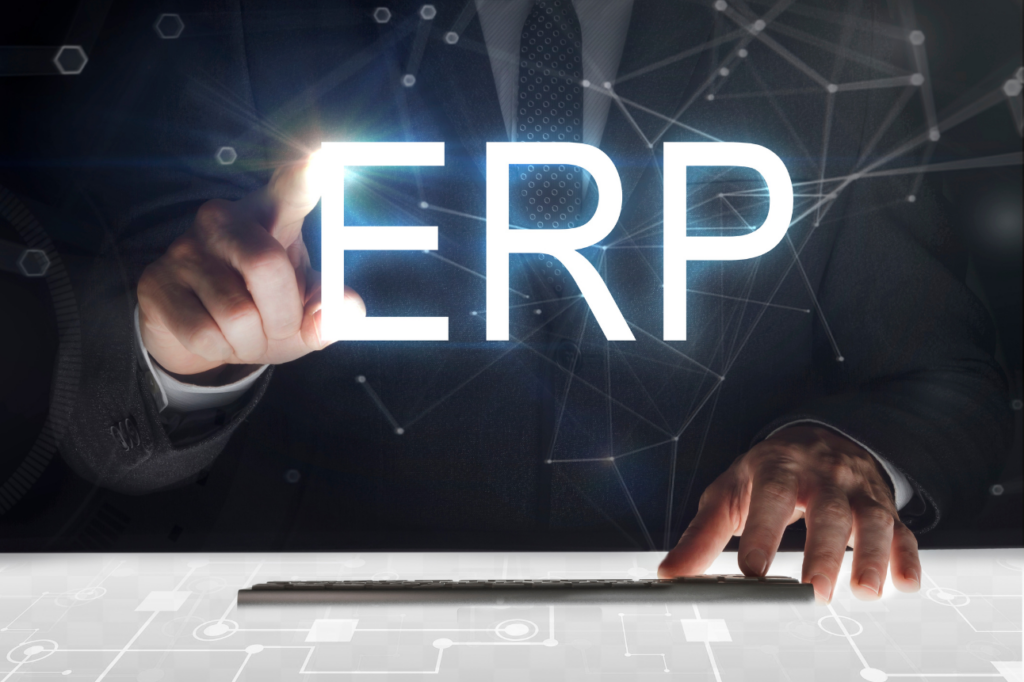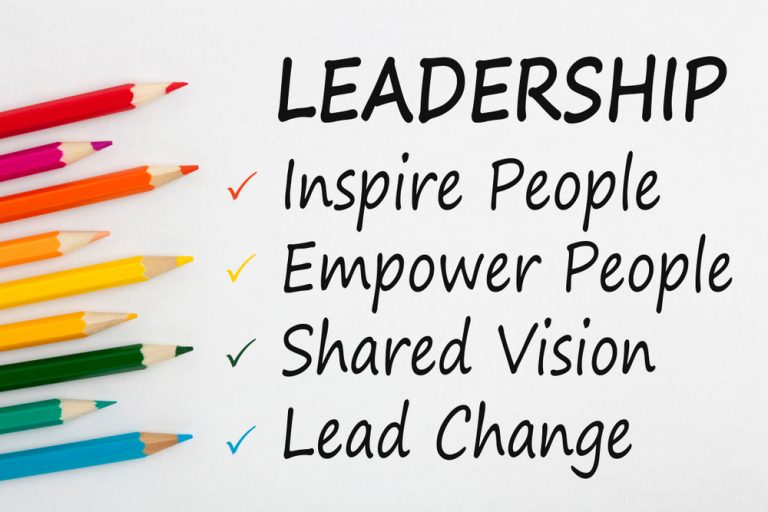Building a Compelling Business Case for ERP Implementation
Creating a persuasive business case for an ERP (Enterprise Resource Planning) solution is essential for organizations seeking to streamline operations and achieve long-term success. For system integration companies, it’s crucial to articulate the tangible and strategic benefits that an ERP solution brings to the table. Below are the key steps to building a compelling business case for ERP implementation:
tangible and strategic benefits that an ERP solution brings to the table. Below are the key steps to building a compelling business case for ERP implementation:
-
Understand the Client’s Current Pain Points
-
- Identify inefficiencies: Start by mapping out operational challenges, such as siloed data, manual processes, or redundant workflows, that are holding the organization back.
- Assess current system limitations: Highlight the ways in which the current systems fall short of the company’s objectives, whether due to lack of scalability, poor integration, outdated technology, or insufficient real-time data.
-
Quantify the Benefits of ERP Implementation
-
- Operational Efficiency: Demonstrate how an ERP system can streamline operations, reduce redundancies, and foster better cross-departmental collaboration.
- Cost Savings: Quantify potential savings through automation, reduction of manual errors, lower IT maintenance, and improved inventory management.
- Revenue Growth: Showcase how ERP enables faster product launches, enhances customer service, and supports data-driven decisions, all of which can lead to increased revenue opportunities.
-
Highlight Strategic Alignment with Business Goals
-
- Scalability for Future Growth: Emphasize how the ERP solution supports the company’s expansion by being flexible and scalable.
- Digital Transformation: Explain how ERP modernizes IT infrastructure, aligning it with the company’s digital transformation strategy.
- Compliance and Risk Management: Discuss how ERP aids in regulatory compliance, reduces security risks, and supports auditing processes.
-
Showcase ROI with Detailed Financial Analysis
-
- Initial Investment vs. Long-Term Gains: Provide a detailed breakdown of upfront costs (licenses, training, implementation) and compare them to long-term benefits.
- Cost-Benefit Analysis: Where possible, use actual data to show how ERP can lead to savings over time by improving productivity and reducing expenses.
- Return on Investment (ROI): Use financial models such as net present value (NPV) or the internal rate of return (IRR) to demonstrate when the ERP will generate a return.
-
Address Stakeholder Concerns
-
- User Adoption and Training: Develop a robust plan for user training and change management to mitigate resistance from employees.
- Implementation Timeline and Disruption Mitigation: Present a phased rollout plan designed to minimize business disruption while delivering quick wins.
- Scalability and Customization: Highlight the ERP’s ability to integrate with existing systems, scale as needed, and be customized to meet the company’s unique needs.
-
Use Case Studies and Industry Benchmarks
-
- Industry Success Stories: Share case studies of similar companies that successfully implemented ERP solutions, showcasing measurable improvements.
- Benchmarks: Compare key performance indicators (KPIs) before and after ERP adoption to underscore its value.
-
Demonstrate Risk Mitigation
-
- Implementation Partner Experience: Showcase your expertise as a system integrator by highlighting previous successful ERP implementations and how your methodology minimizes risks like project delays or cost overruns.
- Vendor Selection: Explain why the particular ERP vendor was chosen and how their solution meets the client’s functional and technical requirements.
-
Ongoing Support and Upgrades
-
- Long-term Support: Emphasize your company’s commitment to providing ongoing post-implementation support, including regular updates and system optimizations.
- Scalability for Future Technologies: Highlight the ERP solution’s ability to integrate with emerging technologies such as AI, IoT, and analytics, ensuring the system remains future-proof.
-
Competitive Advantage
-
- Improved Agility: Demonstrate how the ERP system enhances the company’s ability to respond quickly to market changes and improve decision-making speed.
- Customer Experience: Discuss how ERP can improve customer satisfaction through enhanced order fulfillment, better service, and faster response times.
By framing ERP as a strategic enabler that aligns with business goals, addresses pain points, and provides both financial and operational value, system integrators can present a strong and compelling business case for its implementation.
Written by John Graham
Handpicked Related Content
-
This week, our CEO, Brad Dempsey, is joined by Brad Malone, Partner at Navigate Management Consulting, to talk about change management and ERP implementations. More specifically, how do integrators know when they are ready for all the change that will…
-
In previous blog posts, we have discussed at length, the importance of employee engagement for a successful ERP implementation. Without a doubt, it is important to get buy-in from the employees. Everyone must go in with the right attitude and…
-
Go-Live isn’t the end of your Q360 ERP implementation, it’s just the beginning. On this episode of ClearTalk, our CEO, Brad Dempsey is joined by Brad Malone of Navigate Management Consulting. Today we’re talking about Q360 ERP implementation and what…




